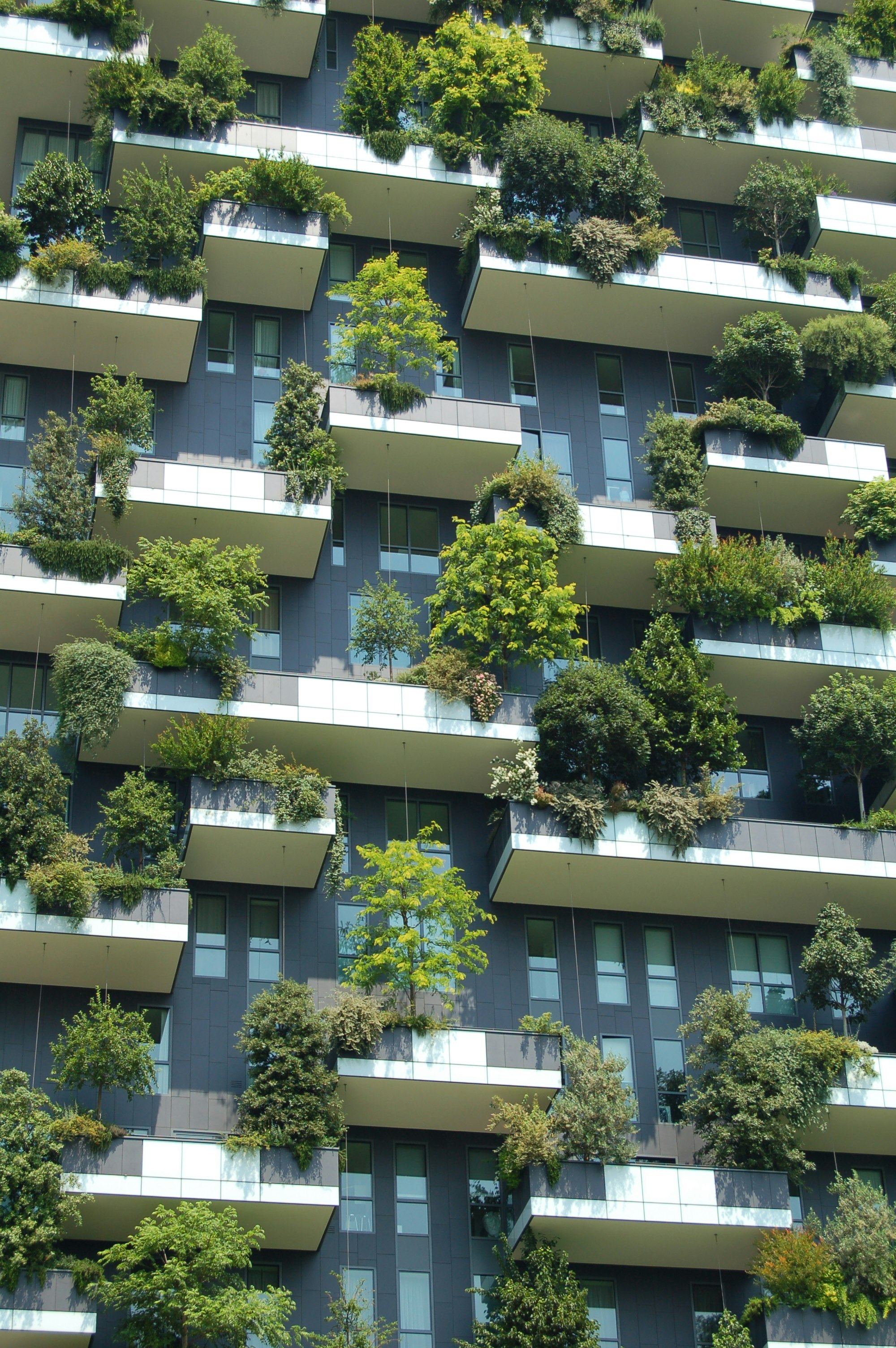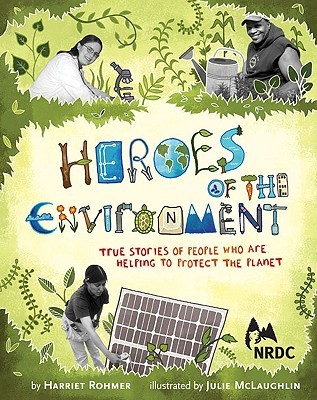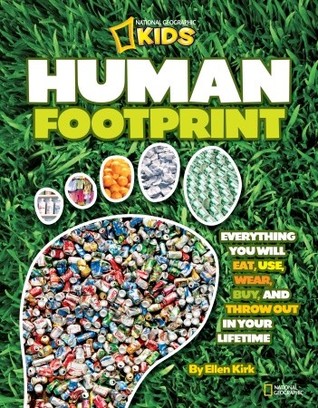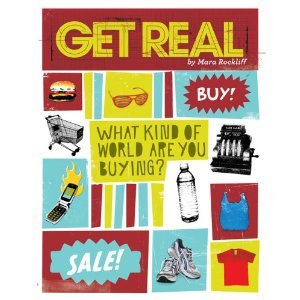Environmental Action in Middle School

In my last blog entry, I discussed various texts that can be used to teach middle school students about climate change. However, often climate change education can be overwhelming for students and adults alike. If messages become too dire, it is all too easy for people to tune out the information entirely. I still think it is essential to teach about climate change, but more personal approaches to environmental education can make the topic more accessible.
Teaching about how to take action to protect the environment is a good first step. This approach can engage students more meaningfully in current environmental issues than focusing exclusively on global problems that seem out of their control. While this can mean discussing individual actions, like recycling or walking more, it hopefully goes beyond this narrow focus. Industries cause significantly more greenhouse gas emissions than individual action, so environmental education should go beyond simply telling children to change their habits alone.
Below are several books and resources that teach about how to make change and advocate for change to protect our environment. They focus on heroes who work to protect their local environments, as well as texts that help unpack our consumer culture.
- Heroes of the Environment: True Stories of People Who Are Helping to Protect Our Planet, by Harriet Rohmer. Heroes of the Environment tells the stories of twelve people across North America who have aimed to take action in their local community to solve an environmental problem. The individuals range from scientists developing innovative solutions for local environmental issues to activists who are organizing support for their cause. Importantly, the book sends the clear message that environmental problems are solvable with hard work, innovation, and perseverance.

- Human Footprint: Everything You Eat, Use, Wear, Buy, and Throw Out in Your Lifetime, by Ellen Kirk. Human Footprint is a highly visual text that emphasizes the surprisingly large amount of materials we use and throw out. Using eye-catching photos, the book can help students question our consumer habits. How much stuff do we actually need? How many things are being sent to landfills unnecessarily? These are good questions that can prime our students to think critically about our own consumer culture.

- Get Real: What Kind of World are YOU Buying?, by Mara Rockliff. Get Real is an excellent text to follow Human Footprint. It describes in more detail how our purchases impact the planet, focusing on a variety of topics like cell phones, cheap clothes, and even fast food. The explanations are easy to understand and include other recommended websites, films and resources for curious students. It can teach students about how corporations impact the planet, and how our choices can drive change.

-
Story of Stuff. Originally released in 2007, The Story of Stuff is a twenty minute film that breaks down the true cost our production and consumption patterns have on our planet. It outlines the steps in a product's life cycle, from extraction of natural resources to manufacturing, selling, consumption, and finally disposal of goods. The video outlines the environmental and social impacts of each step in this life cycle and suggests changes. While the video could stand to be updated with more current statistics, the website contains other films that are more up-to-date and also insightful.
-
How to Change Everything: The Young Human's Guide to Protecting the Planet and Each Other, by Naomi Klein with Rebecca Stefoff. This book is a good place to start for middle school and high school students wanting to better understand how to take action to protect our world. It covers where we are in this crisis, how we got to this point, and what needs to happen next to mitigate the worst effects of climate change. As well, it includes a young activist's toolkit, which includes many practical ideas for how young people can protest climate inaction, get connected to the environment, pursue climate justice, raise awareness, and start a movement.
Climate change can be overwhelming. By focusing on actions we can take to protect the environment and advocate for climate action, it becomes easier to move onto the bigger picture and become more informed about our world.
